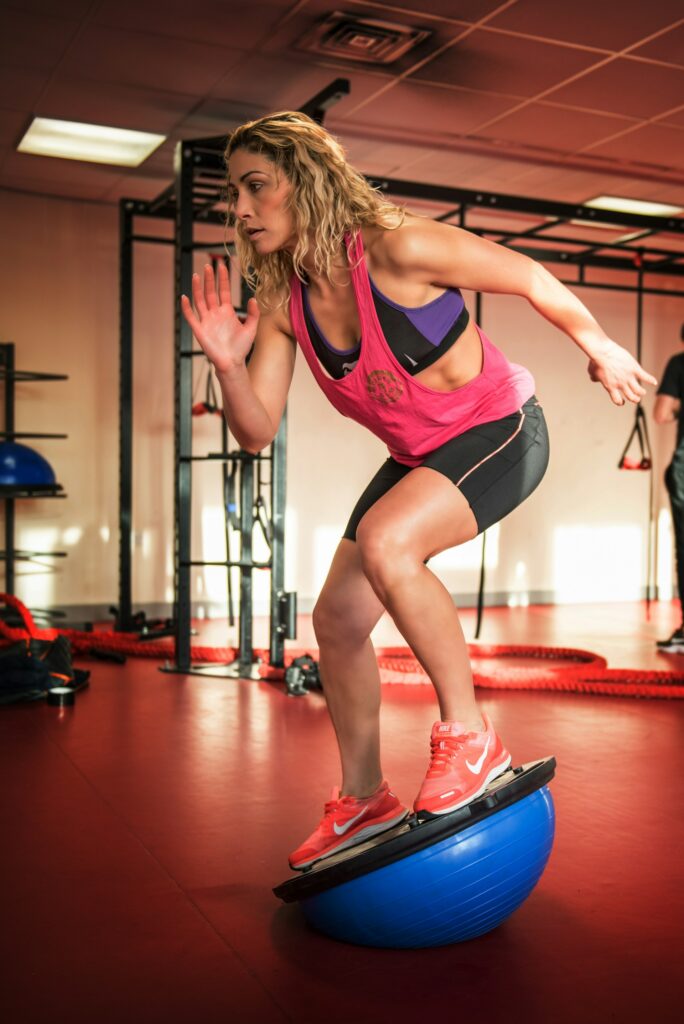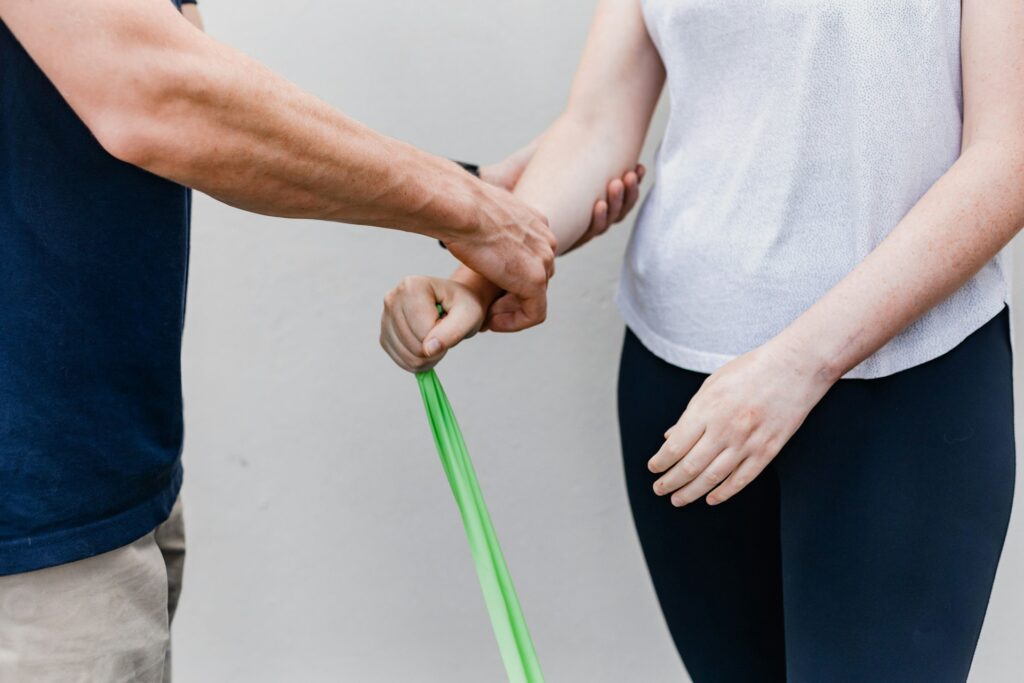Coordination and Balance

Injuries can affect coordination and balance, which is especially important for athletes. Physical therapists conduct special training to restore these skills, helping patients return to normal life and sports activities faster.
Individual Approach
Each injury is unique, and the recovery process requires an individual approach. Physical therapists assess the patient’s condition, consider their physical activity, age, injury level, and develop personalized rehabilitation programs. This approach allows achieving the best results in the shortest time.
Education and Prevention
Physical therapy not only treats injuries but also teaches patients how to avoid recurrent injuries. Physical therapists provide recommendations on the correct exercise techniques, explain the importance of warm-up and cool-down, and share tips on maintaining a healthy lifestyle.
Conclusion
Physical therapy not only treats injuries but also teaches patients how to avoid recurrent injuries. Physical therapists provide recommendations on the correct exercise techniques, explain the importance of warm-up and cool-down, and share tips on maintaining a healthy lifestyle.
Recoommendation
Activity modification: limit exposure to symptom provoking activity.
The primary goal of initial injury management is to manage symptoms. This may include avoidance of rapid movements, heavy lifting or dynamic/uncontrolled situations.
If you are an athlete, other options may include reducing overall workload or intensity of exercise, and limiting range of motion.
Oftentimes, athlete may become fear avoidant of performing a movement similar to the one that caused the injury. This, other goals may include improving confidence with movement. This can be achieved by the above mentioned recommendations.
If you would like to speak to Physiotherapists or to book an appointment please call 786-475-3094 or email: info@drabbate.com


